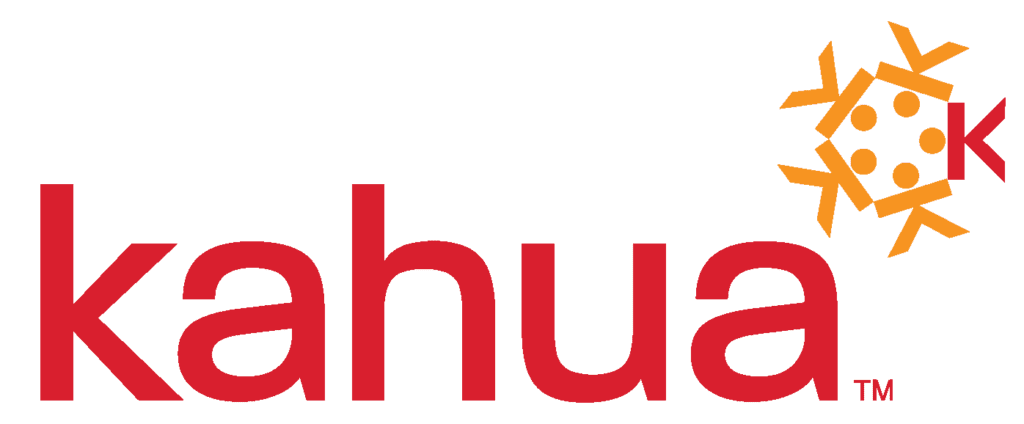5 Ways Your PMIS Should Be Delivering Real Returns
In today’s construction environment where costs are climbing, schedules are tighter and stakeholders are demanding more, selecting a Project Management Information System (PMIS) isn’t just about digitizing forms or ditching spreadsheets. It’s about making a strategic investment that delivers real, measurable value.
But how do you actually calculate that value? That’s where most teams get stuck.
At Kahua, we’ve created a new resource to help construction project owners do exactly that. Our Practical ROI Guide for Construction Project Owners goes beyond generic benefits and breaks PMIS ROI down into five clear, actionable pillars backed by industry data and real-world examples.
Here’s a preview of what you’ll find inside:
1. Time and Cost Efficiency
Every construction team wants to move faster and spend less, but identifying where the waste is happening is the first step. The guide helps you pinpoint common culprits: like project managers spending hours chasing down answers across emails, phone calls and disconnected tools.
You’ll learn how a PMIS like Kahua can:
-
Reduce process cycle times for RFIs, approvals and schedule changes
-
Cut down on manual data entry and duplicate work
-
Consolidate tools to eliminate costly overlaps
And the best part? These time savings translate directly into bottom-line gains.
2. Data Integrity and Accuracy
Bad data leads to bad decisions and costly rework. In fact, according to FMI, 14% of construction rework is caused by poor data.
This section walks you through questions like:
-
How many systems are you entering the same data into?
-
Can you instantly produce the documentation needed for compliance audits or funding reimbursements?
-
Are project stakeholders all working off the same version of the truth?
Kahua's PMIS helps you centralize and validate your data, giving you confidence that what you see is what’s actually happening.
3. Stakeholder Alignment and Collaboration
Construction is a team sport and poor communication is often the silent killer of great projects. This guide will help you assess how fragmented your communication really is and what that’s costing you.
It also shows how a PMIS improves collaboration by:
-
Centralizing communication and document sharing so all stakeholders are working from the same platform, not scattered inboxes or siloed systems
-
Enabling real-time updates tied to specific project records, ensuring changes and conversations are always connected to the work in progress
-
Creating a permanent, searchable record of decisions and approvals to improve transparency and traceability long after a project ends
-
Routing records to the right people at the right time, streamlining approvals and ensuring nothing gets stuck in someone’s inbox—because when workflows are automated and roles are clearly defined, collaboration moves faster
When everyone is on the same page, you get faster decisions, fewer surprises and a smoother path to project delivery.
4. Risk Mitigation and Process Control
Risk is inevitable in construction, but it doesn’t have to be unmanageable.
This section of the guide explores how PMIS tools reduce risk by embedding compliance and documentation directly into workflows. With Kahua, you gain:
-
Standardized, auditable processes
-
Built-in compliance checkpoints
-
Role-based access controls for secure collaboration
-
A clear history of design decisions and approvals to protect against claims
When your data is defensible and your processes are consistent, you're better prepared for whatever comes your way.
5. Scalability and Strategic Agility
Growth shouldn’t be held back by outdated tools. As your capital programs expand, you need technology that grows with you.
This final pillar focuses on how a modern PMIS enables agility, including:
-
Adapting quickly to new compliance requirements or delivery models
-
Consolidating legacy systems
-
Empowering teams to configure apps and workflows, without waiting on IT
Kahua’s low-code platform gives owners the flexibility to scale fast and adapt on the fly, placing innovation back in the hands of the user.
The Hidden Costs You Can’t Afford to Ignore
Not investing in a modern PMIS doesn’t keep costs flat—it quietly increases them. Fragmented tools, manual processes, and rework eat away at margins over time. This guide helps you shine a light on those hidden costs and shows how to build a smarter, ROI-driven case for change. Because in today’s environment, the cost of doing nothing is often greater than the cost of change.


